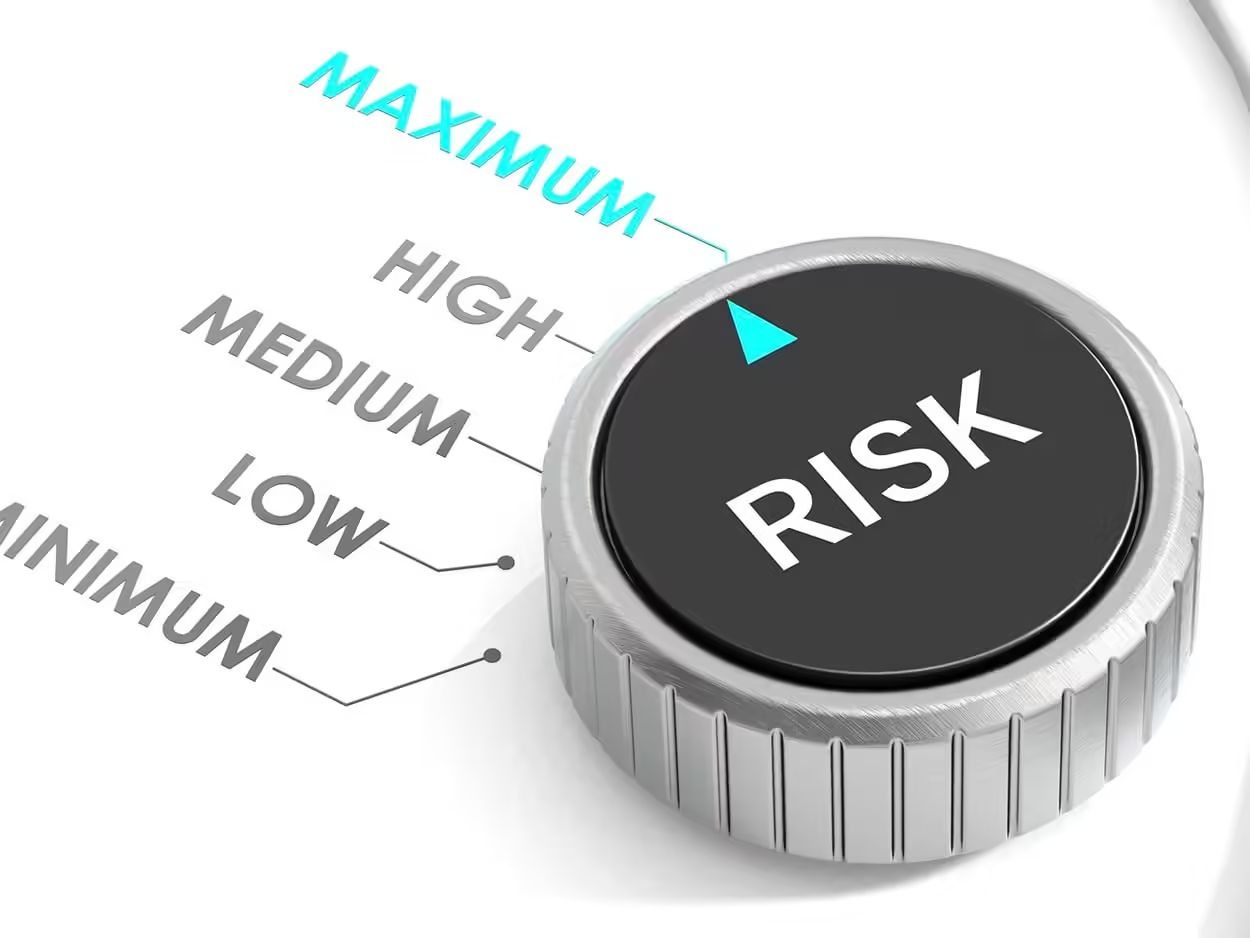Introduction
Organizations use Operational Risk Management (ORM) as a critical process to identify, assess, and mitigate risks that could impact their operations.
These risks can originate from a variety of sources, including internal processes, individuals, systems, and external events. Effective operational risk management enables companies to reduce the possible negative impact of these risks on business goals, resources, and reputation.
What is The Primary Objective of operational risk management | Key Components
Risk Identification:
The first step in Operational Risk Management or ORM is identifying potential risks that could affect the organization’s operations. This includes recognizing risks associated with processes, technology, human resources, legal and regulatory compliance, and external factors like market conditions or natural disasters.
Example: A manufacturing company might identify risks such as equipment failure, supply chain disruptions, or workforce shortages.
Risk Assessment:
Once risks are identified, they need to be assessed to understand their potential impact and likelihood of occurrence. This involves evaluating how severe the consequences would be if a risk materializes and how often it might happen.
Example: A financial institution might assess the risk of a data breach by evaluating the potential financial losses, legal repercussions, and damage to customer trust.

Risk Mitigation:
After assessing the risks, the organization must develop strategies to mitigate them. This could involve implementing new controls, improving processes, training employees, or transferring the risk through insurance.
Example: A retail company might mitigate the risk of theft by installing security cameras, conducting regular inventory audits, and training staff on loss prevention techniques.
Monitoring and Reporting:
It is critical to monitor identified risks and the effectiveness of mitigation strategies on a continuous basis. This entails regularly reviewing risk controls, updating risk assessments, and reporting the status of risks to senior management.
Example: A technology company might use software to monitor system performance and flag any anomalies that could indicate a potential risk, such as a cybersecurity threat.

Incident Management:
Even with robust risk management strategies, incidents may still occur. ORM includes having a plan in place to effectively respond to and manage incidents in order to minimize their impact.
Example: A healthcare provider might have an incident management plan to handle a power outage that affects their ability to provide patient care, including backup generators and emergency response protocols.
Continuous Improvement:
Operational risk management is an ongoing process. Organizations should continuously review and improve their risk management practices based on lessons learned from past incidents, changes in the business environment, or emerging risks.
Example: A logistics company might update its risk management practices to account for new regulations or advancements in technology that could affect its operations.
Benefits of Operational Risk Management
Enhanced Decision-Making: By understanding the risks associated with different operational decisions, organizations can make more informed choices that balance potential rewards with risks.
Reduced Losses: Effective risk management can prevent or minimize financial losses, reputational damage, and operational disruptions.

Regulatory Compliance: ORM helps organizations comply with industry regulations and legal requirements, reducing the risk of fines and penalties.
Improved Resilience: Organizations that actively manage operational risks are better prepared to respond to unexpected events and can recover more quickly from disruptions.
Challenges in Operational Risk Management
Complexity: Identifying and managing risks across a large organization with diverse operations can be complex and resource-intensive.
Evolving Risks: The risk landscape is constantly changing, with new risks emerging from technological advancements, regulatory changes, and global events.

Human Factors: Human error or misconduct can introduce significant risks that are difficult to predict and control.
Resource Constraints: Effective ORM requires investment in tools, technology, and skilled personnel, which can be a challenge for some organizations.
Conclusion
Operational Risk Management is a vital process that helps organizations protect their assets, ensure business continuity, and achieve their strategic goals.
By systematically identifying, assessing, and mitigating risks, businesses can operate more confidently in an unpredictable environment. ORM is not just a defensive strategy but a proactive approach that supports sustainable growth and long-term success.
